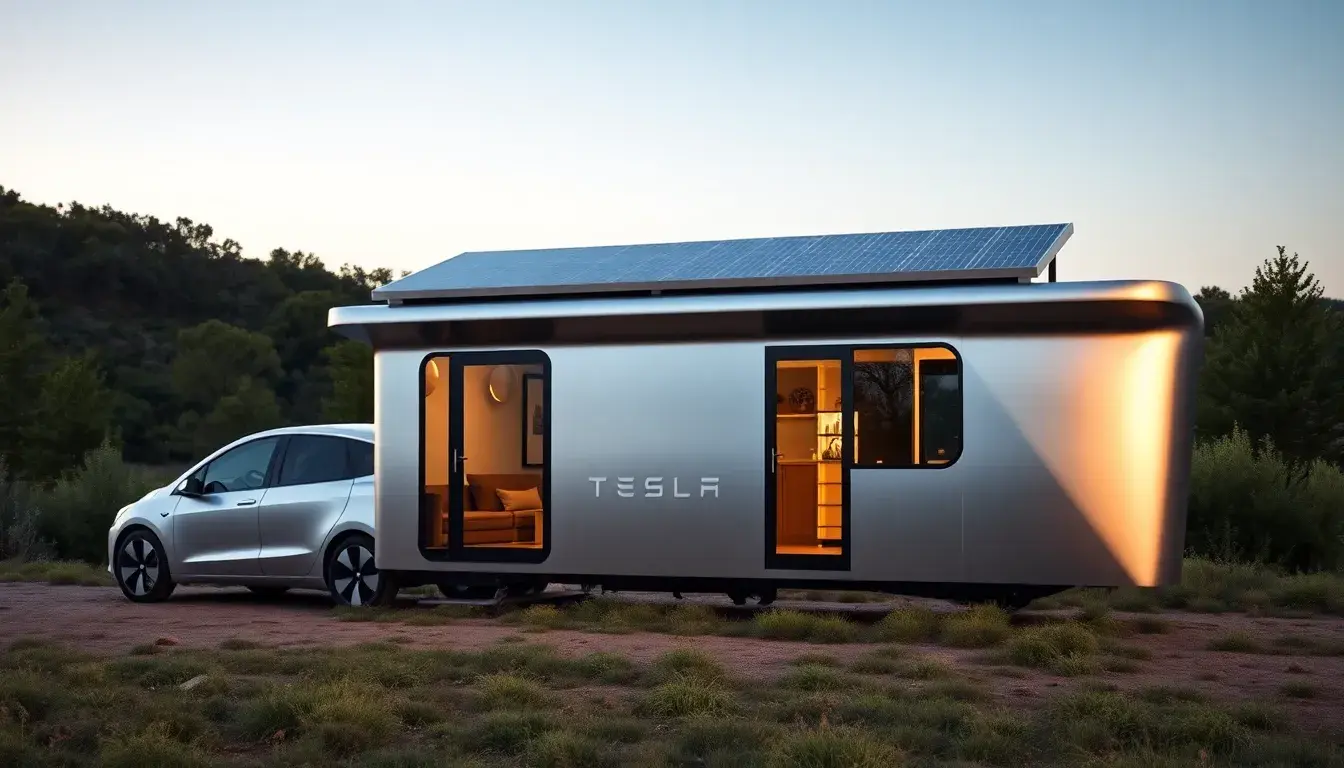In recent weeks, speculation around Tesla entering the tiny house market has gone viral. Social media posts and clickbait videos claim Elon Musk’s company is preparing to launch ultra-affordable, solar-powered micro homes priced between $6,789 and $12,000. The story set off a wave of excitement—and a ripple of unease across the booming adventure van and RV industries.
But is there any truth behind the buzz? And if Tesla really were to enter the space, could it disrupt an industry that’s been steadily growing alongside the remote work and digital nomad trends?
The Truth Behind the Tesla Tiny House
As of now, Tesla has not announced or launched a tiny house product for sale. The online frenzy stems largely from a 2017 Tesla marketing exhibit—a small mobile unit built to showcase Tesla Energy products like the Powerwall and solar roof tiles.
There’s also the case of Elon Musk reportedly living in a Boxabl prefab unit near SpaceX’s Texas site—fueling further speculation. Boxabl is a separate company that offers foldable homes starting around $50,000, but there’s no official link to Tesla manufacturing or distributing these units.
Still, the concept of a Tesla tiny house—tech-enabled, off-grid, affordable, and sleek—has captured imaginations globally. And if Tesla were to enter the market, the implications could be huge.
We asked Denis Maksimov, Founder of Tiny Planet—a California-based van conversion company—for his expert opinion on how Tesla’s entry into the micro-living space could impact the adventure van and RV industry.
1. Different Products, Different Lifestyles
Denis Maksimov notes that while the tiny house and RV markets often overlap, they are built around fundamentally different use cases.
“Although the tiny house market is closely aligned with the RV space, they serve very different purposes. Camper vans are designed for mobility—they’re fully off-grid, self-contained homes-on-wheels for those who want to travel, explore remote areas, and live autonomously,” Maksimov explained. “Tiny houses, by contrast, are not built for travel. They’re better suited for stationary living. A Tesla tiny house would likely be stationary or semi-mobile, targeting backyard dwellers or landowners. Even if technically towable, it would not compare to 4x4 adventure vehicles engineered for rough terrain, unpaved roads, and changing elevations.”
He added that true adventure vehicles offer a level of flexibility that stationary units cannot match.
“Adventure vans can go far beyond domestic travel. At Tiny Planet, we’re preparing to ship one of our vans overseas for a round-the-world expedition, driving through Europe, Russia, Mongolia, and China. That level of mobility and terrain adaptability is well beyond the scope of any towable trailer or tiny house designed to stay in place.”
Maksimov concluded that while a Tesla tiny house could attract cost-conscious minimalists seeking an affordable living option, it does not offer the same flexibility, range, or adventure potential as a fully equipped camper van.
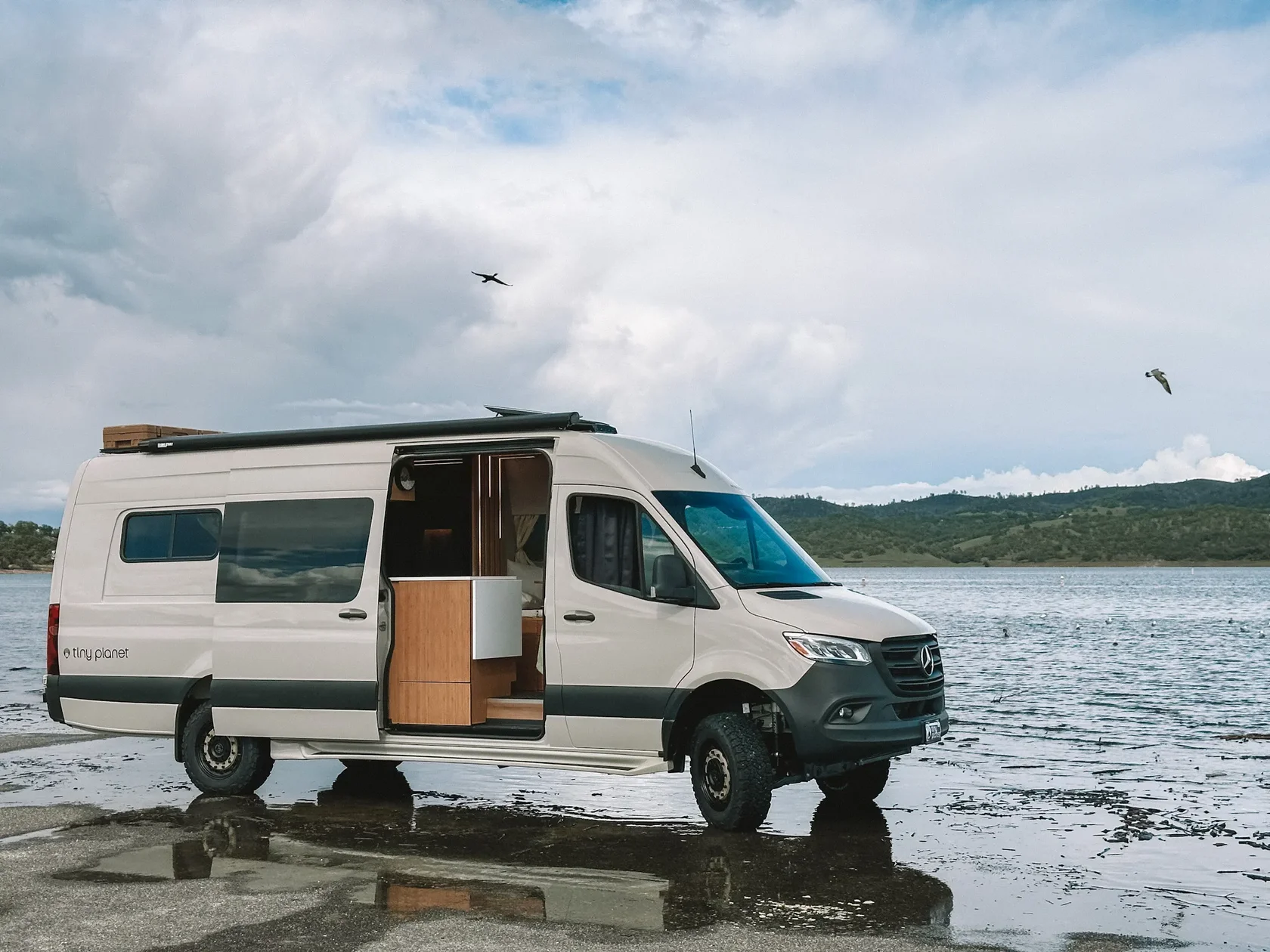
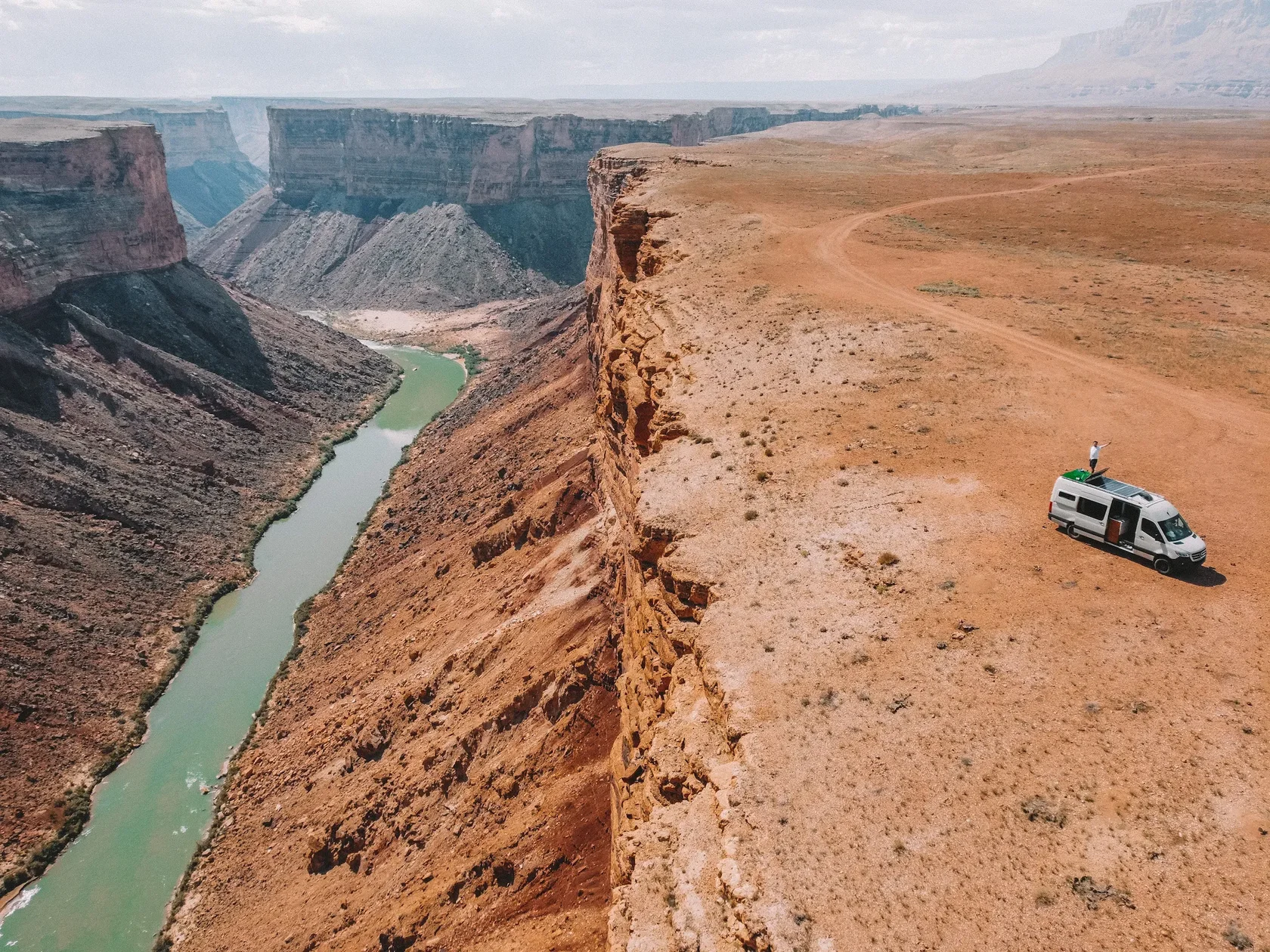
2. Tesla Could Raise the Bar—But Others Are Already There
Tesla’s reputation for clean tech could elevate expectations in the compact living space. If Tesla were to release a towable version, the competitive impact could be significant.
“If the Tesla Tiny House can be towed like a trailer, it will directly affect the trailer segment, which is a more affordable alternative to RVs for travel. Tesla would become a direct competitor—and likely dominate with its technology. The RV industry has been slow to adopt innovation, and traditional manufacturers like Winnebago or Airstream face significant challenges in implementing tech upgrades quickly,” Denis Maksimov said.
In contrast, smaller van conversion companies are better positioned to respond to market shifts and integrate advanced technology rapidly.
“Smaller businesses have a real advantage in this race. They can adapt faster and compete more effectively with Tesla on the innovation front than the big players can.”
Maksimov pointed to several technologies Tiny Planet already includes in its builds:
“We’re already equipping our vans with 15kWh lithium battery banks, 600W+ solar arrays, diesel-powered heating systems with heated floors, 12V air conditioners, smart home controls, Starlink satellite internet, induction cooktop and built-in dishwasher.”
In short: the innovation Tesla might popularize is already alive and well in the upper tiers of the vanlife market.
What Tesla could do, however, is make these technologies mainstream—and force more budget-conscious manufacturers to close the innovation gap.
What Tesla could do, however, is make these technologies mainstream—and force more budget-conscious manufacturers to close the innovation gap.
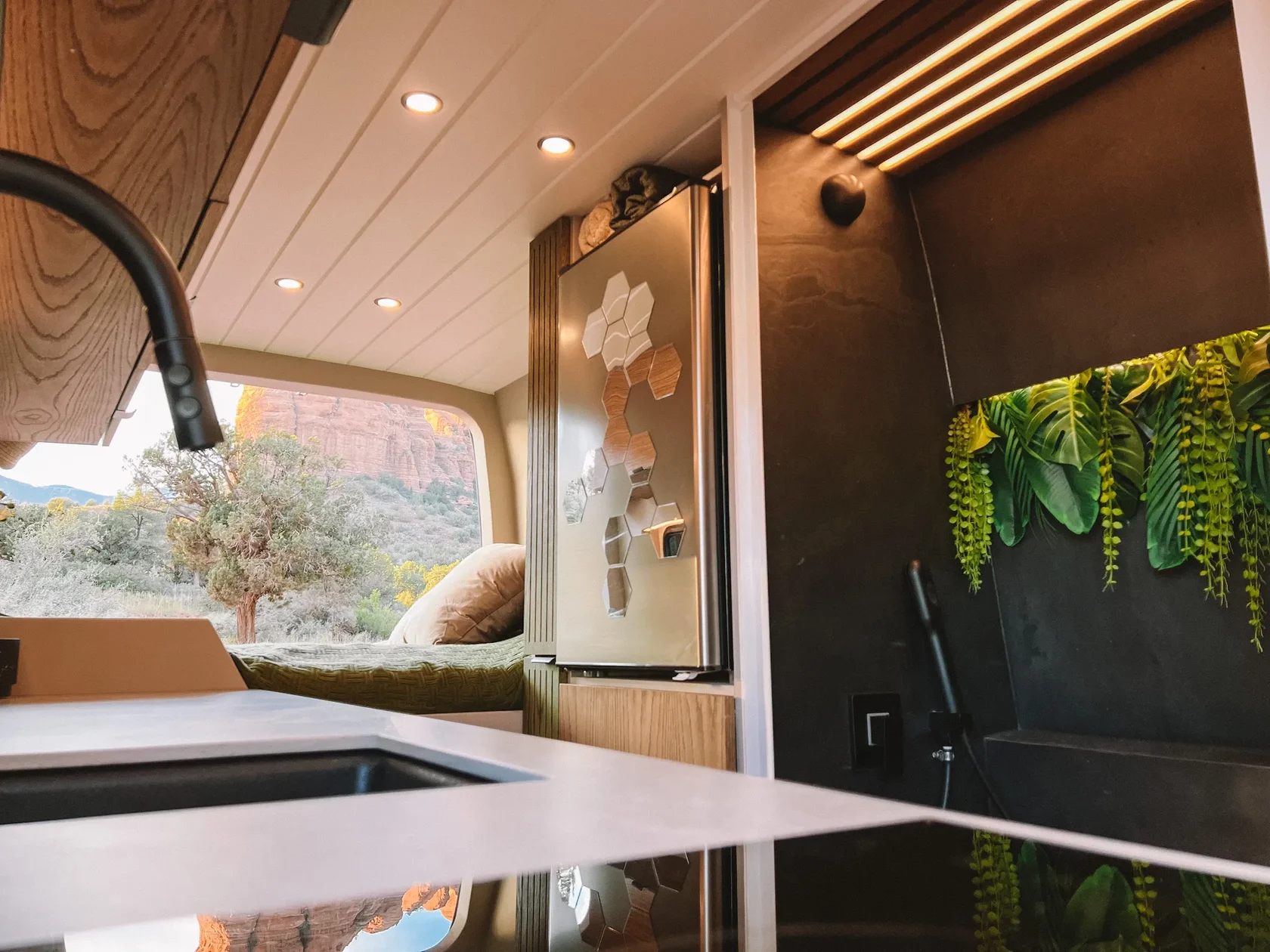
3. Price Pressure and the Scale Advantage
Here’s where things could get interesting. If Tesla can mass-produce a solar-powered, smart prefab home under $50,000, it could reshape public perception of what compact living should cost.
That puts pressure on an industry where high-end adventure vans often range from $150,000 to over $250,000.
But here's the catch: it’s not a level playing field.
Tesla would be leveraging gigafactory-scale production, robotics, and vertical integration. Most van builders are small-batch companies relying on craftsmanship, customization, and manual labor. Each van is essentially a handcrafted product tailored to its owner’s needs—closer to custom architecture than automotive manufacturing.
And that’s what mass production typically lacks: flexibility and soul.
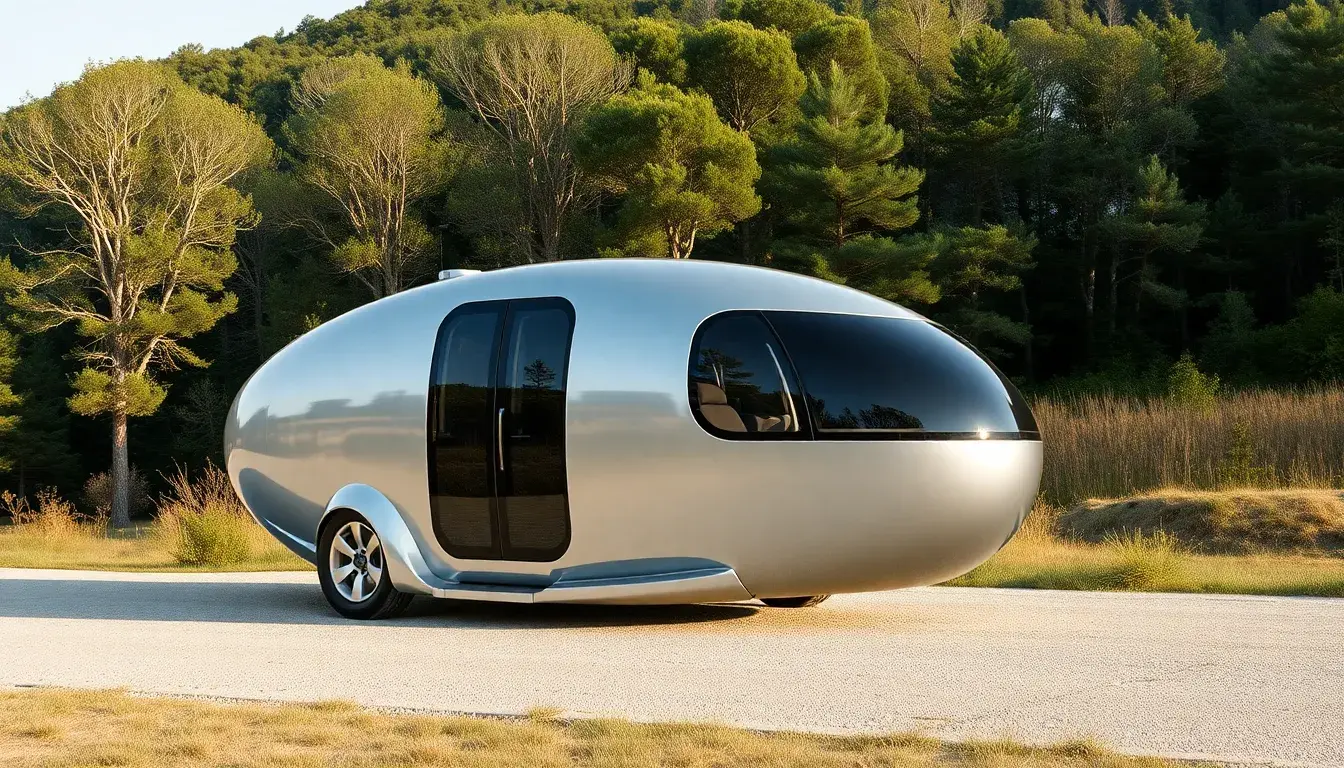
Camper Van Market Overview
Global camper van market size was estimated at USD 20.42 billion in 2024, set to expand to USD 36.8 billion by 2033, growing at a CAGR of 6.76% during the forecast period from 2025 To 2033.
However, some companies in this sector have faced financial challenges. Winnebago Industries, for example, reported an adjusted loss in its fiscal fourth quarter, citing weak retail demand and operational inefficiencies.
RVIA’s final 2024 survey of manufacturers displayed a 6.6% increase in total RV shipments for the year compared with 2023. RVIA President and CEO Craig Kirby said, “Despite challenges, the RV industry showed resilience and an upward trajectory in 2024 and continued to demonstrate its broad appeal to consumers.”
In summary, while the RV and adventure van markets have faced recent challenges, including fluctuating sales and economic pressures, the long-term outlook remains positive. Growing consumer interest in flexible, sustainable, and adventure-oriented travel options continues to drive innovation and expansion within these sectors.
Why Camper Vans Still Win (For Now)
Even if Tesla enters the market, it's unlikely to replace the emotional and functional appeal of a fully mobile van. Living in a van means waking up at the edge of a glacier, boondocking in the desert, or parking beside a hidden forest trail. It’s about freedom, not just square footage.
While Tesla may disrupt the housing sector, it’s not (yet) in the business of wanderlust. Until it builds something that moves as well as it powers, the world of adventure vans and overland RVs will hold its ground.
Final Thoughts
The Tesla tiny house buzz may turn out to be nothing more than viral speculation—but it’s revealing. It shows a growing appetite for sustainable, off-grid living at an accessible price point. Whether mobile or not, people want autonomy, innovation, and a deeper connection to their lifestyle choices.
For van builders and RV companies, the message is clear: the world is watching, and it’s ready for what’s next. Whether that future rolls on wheels or unfolds in the backyard—remains to be seen.
